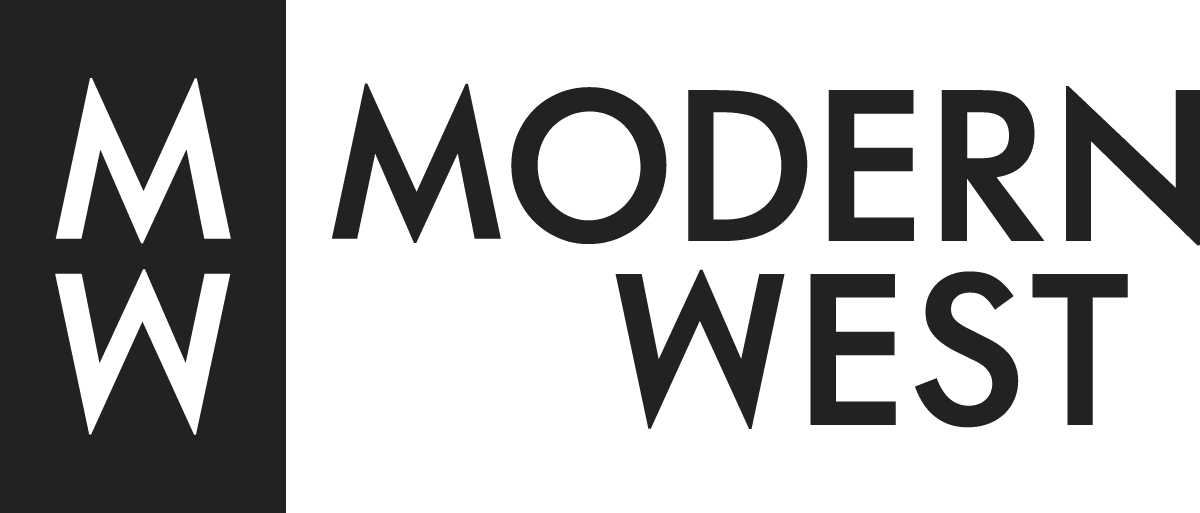Louis Ribak (1902-1979) was an American social realist and abstract painter who belonged to the group of artists known as the Taos Moderns. After moving to the United States from Belarus, Ribak studied at the Pennsylvania Academy of the Fine Arts and the Art Students League of New York. He worked and exhibited with many social realists, and in 1933 he assisted Diego Rivera on his mural Man at the Crossroads. After meeting and marrying fellow artist Beatrice Mandelman they moved to Taos, New Mexico in 1944 where his work adopted a brighter color palette and more abstracted forms. In 1947, he and Mandelman founded the Taos Valley Art School, where Ribak was its director and an instructor until its closing in 1955.
The Mandelman-Ribak Foundation was established to preserve the legacy of Beatrice Mandelman and Louis Ribak. Among other activities, it cataloged a half century of their work held in the Mandelman-Ribak Collection. In 2014, the collection and associated personal papers were donated to the University of New Mexico.

